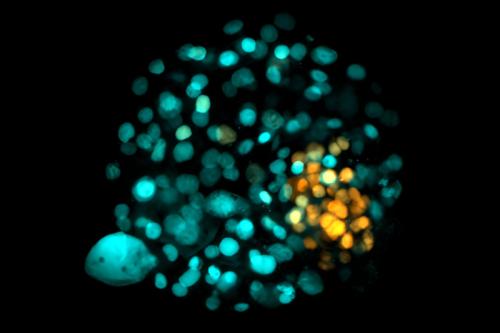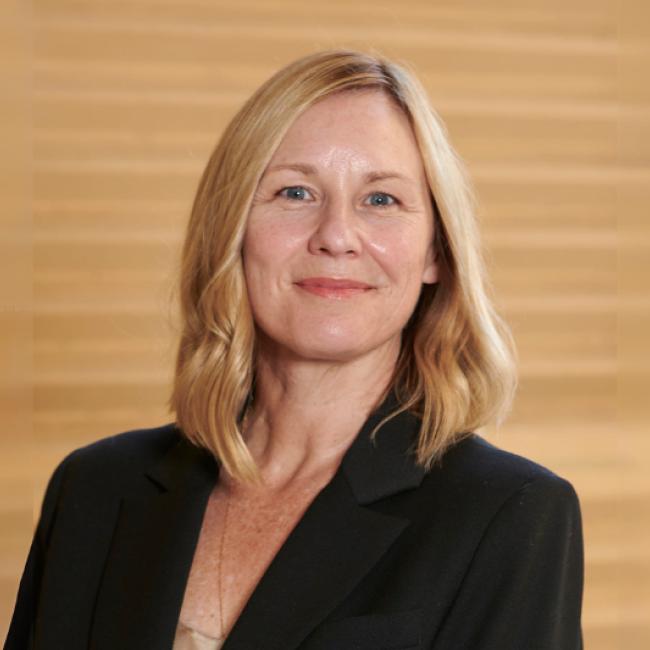
Embryo models are not embryos, say leaders at the new UCLA Center for Reproductive Science, Health and Education
The latest 3-D embryo models are enabling researchers to get their first glimpse into the earliest stages of pregnancy. Amander Clark, director of the new UCLA Center for Reproductive Science, Health and Education (CRSHE), member of the UCLA Broad Stem Cell Research Center, and president of the International Society for Stem Cell Research, says that these embryo models will play a vital role in advancing scientific research that could produce better treatments for certain types of infertility and pregnancy loss. Research using these embryo models could also explain how different cell types emerge, or what goes awry in certain genetic disorders.
This latest advance in biotechnology presents the challenge of appropriately defining the ethical and regulatory frameworks for their use in research; and even what to call these new embryo models is still unsettled. In an article published in the journal Cell Stem Cell today, Clark and CRSHE Co-Director, Hannah Landecker, argue that it is important to insist that these are models to be used solely for research aimed at improving human health; they are not actual embryos that could be used for reproduction. Over the past few months, many news articles have referred to human embryo models as “synthetic embryos” which Clark and Landecker call “disrespectful and misleading”.
“They are not synthetic, in so far as they are not built by scientists. Scientists rely on the inherent property of these cells, derived from human stem cells, to self-assemble,” said Clark. “They’re also not intended to be artificial substitutes for natural embryos, and could not be used for reproduction.”
Considering the embryo models as research models, and not “synthetic embryos”, appropriately focuses attention on their intended use– to identify needed treatments and therapies– and it helps frame the actual issues for any potential concerns the public may have. This framing is essential for conversations around regulation and policy going forward. Clark says the CRSHE is well-poised to advance basic research crucial to reproductive health, while also engaging policy makers, the general public, and other stakeholders around the many issues related to fundamental reproductive science across the human lifespan – including fertility, infertility, pregnancy, pregnancy outcomes, and reproductive aging.
The UCLA Center for Reproductive Science, Health and Education takes a unique, multidisciplinary approach that integrates outstanding reproductive science research, with research and expertise in social science and ethics – to foster important scientific advancements, education, and public discussions aimed at improving human health and wellbeing.
